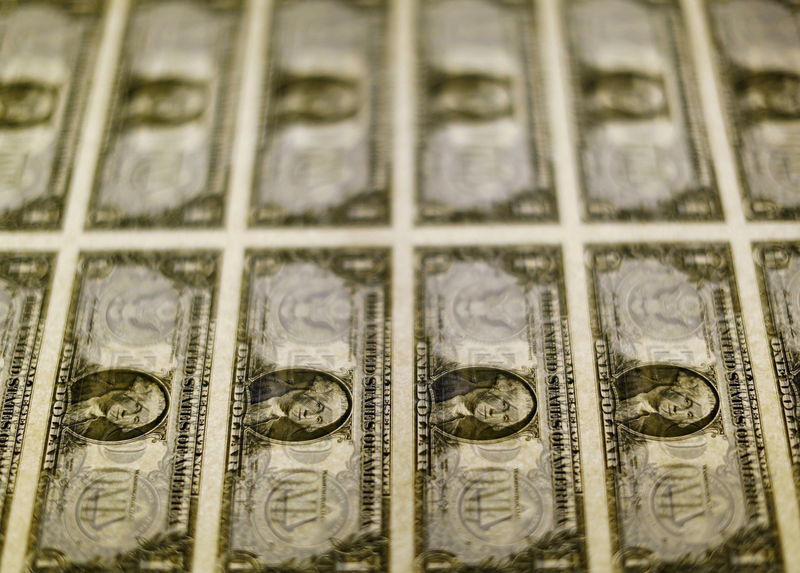Investing.com - The U.S. dollar edged higher against other major currencies on Thursday, as concers over a global trade war temporarily subsided and traders turned their attention to upcoming U.S. data.
U.S. President Donald Trump was expected to give more details later Thursday on his plans to impose tariffs of 25% on steel imports and 10% on aluminum imports in a recommitment to his nationalist trade agenda.
Sentiment waned after Trump's economic adviser Gary Cohn announced his resignation on Tuesday. The decision was said to have been made following a disgreement between Cohn and the U.S. President over the import tariffs.
Traders fear that the proposed tariffs could spark inflation and provoke retaliation from U.S. trade partners. Major holders of U.S. Treasuries, including China and the European Union, could reduce their holdings of U.S. assets in response.
The White House said late Wednesday that Canada, Mexico and possibly other countries may be exempted at least for a while from the proposed tariffs.
The U.S. dollar index, which measures the greenback’s strength against a trade-weighted basket of six major currencies, was up 0.19% at 89.73 by 05:15 a.m. ET (09:15 GMT), just off Wednesday's two-week trough of 89.36.
The euro and the pound were lower, with EUR/USD down 0.22% at 1.2384 and with GBP/USD slipped 0.14% to 1.3880.
Later Thursday, the ECB was set to release its monthly policy decision. The central bank was not expected to make any changes to monetary policy but investors were awaiting any indications that it is moving closer to ending its massive stimulus program later this year.
Elsewhere, the yen was steady, with USD/JPY at 106.07, while USD/CHF edged up 0.13% to 0.9448.
The Australian and New Zealand dollars were weaker, with AUD/USD down 0.37% to 0.7796 and with NZD/USD sliding 0.37% to 0.7256.
Meanwhile, USD/CAD added 0.12% to trade at 1.2928.
